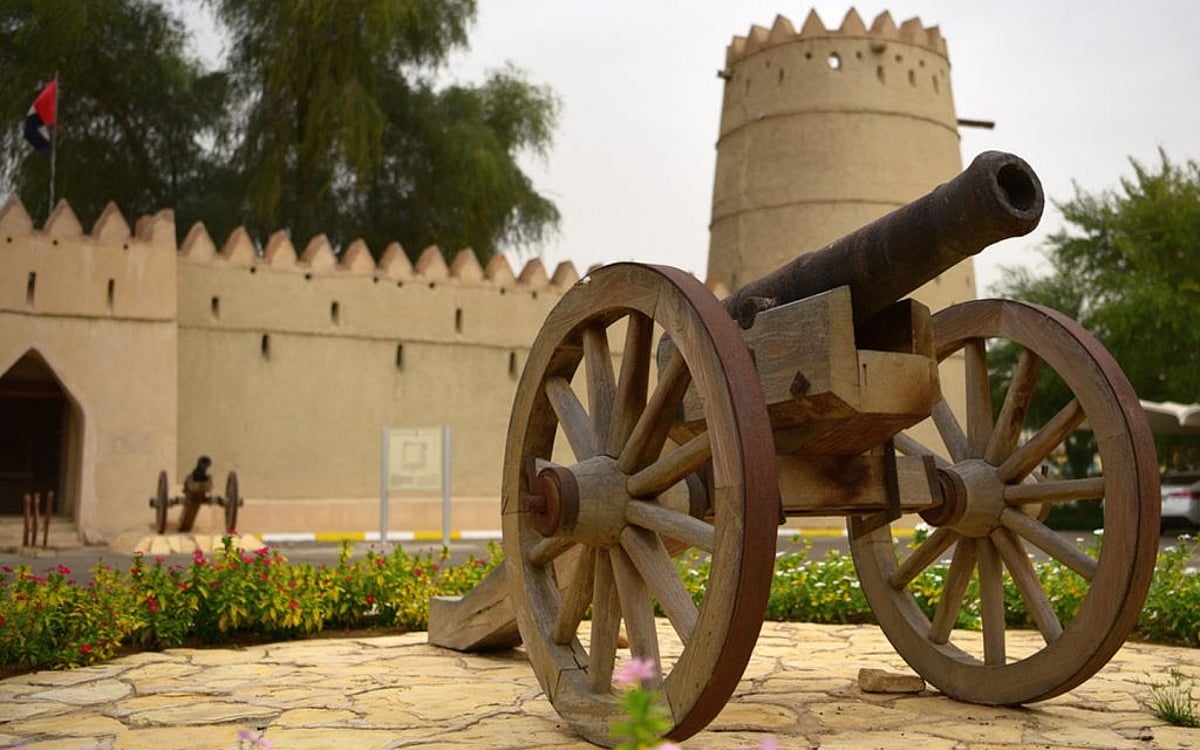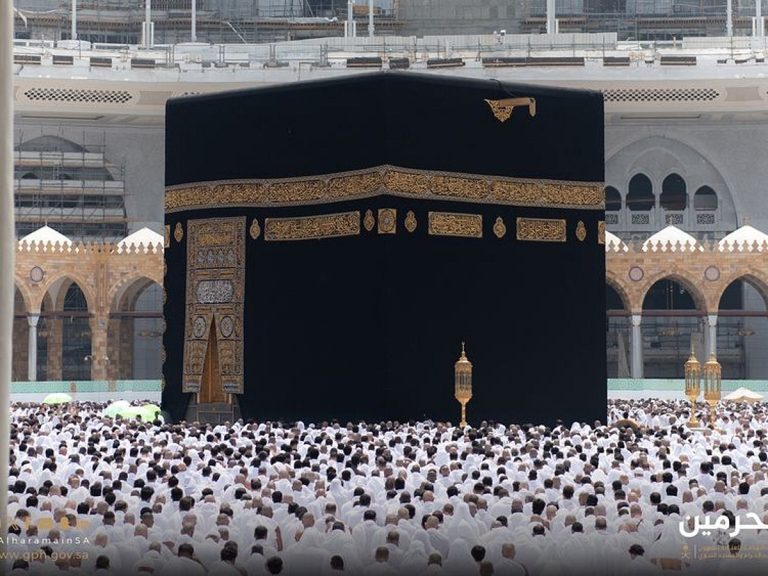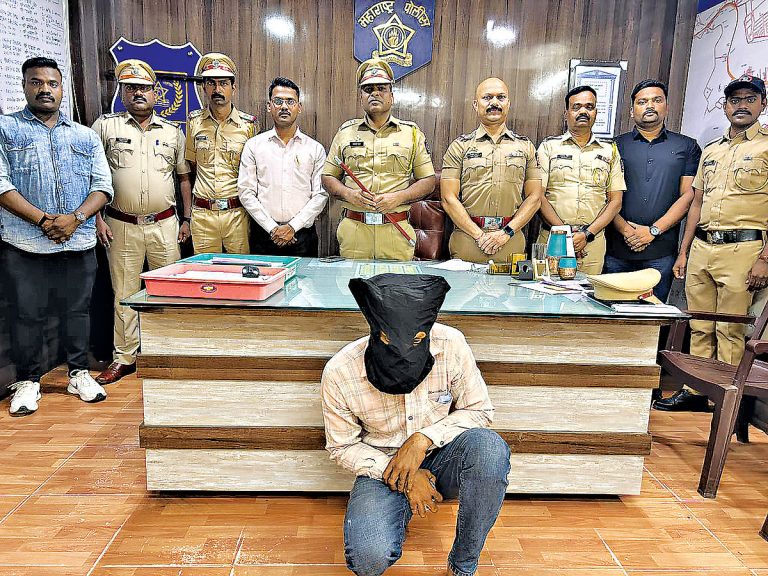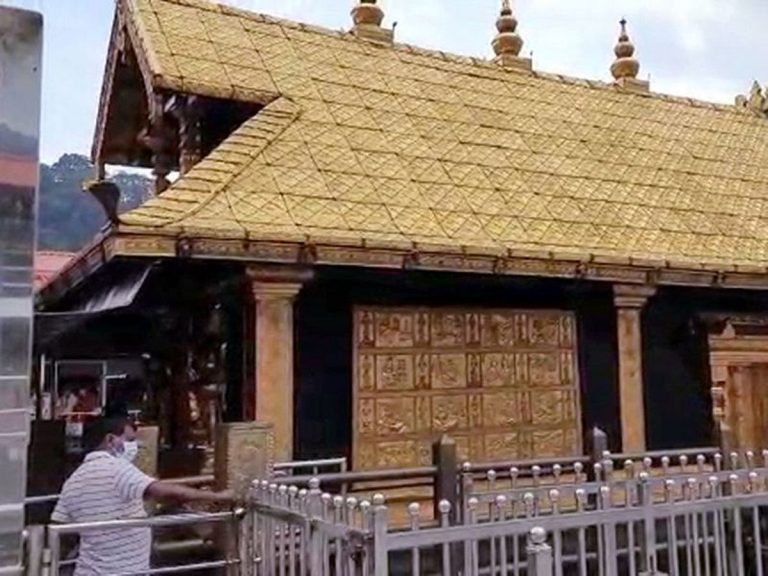Al Ain Museum Reopens with 8,000-Year-Old Artefacts
The Al Ain Museum is set to reopen its doors to the public on October 24, following an extensive redevelopment that enhances its capacity and visitor experience. This historic museum, originally established in 1969, has undergone significant renovations while maintaining its original architectural elements, making it a vital cultural landmark in the UAE.
A Rich Heritage
The Al Ain Museum holds a prominent position in the cultural landscape of the UAE, serving as a key reference for the archaeology and history of the Al Ain region. Mohammed Khalifa Al Mubarak, Chairman of the Department of Culture and Tourism – Abu Dhabi, emphasized the museum’s importance in preserving the legacy of the late Sheikh Zayed bin Sultan Al Nahyan. He noted that the museum not only honors the past but also inspires future generations to appreciate and carry forward this rich heritage.
The museum’s redevelopment has expanded its area to over 8,000 square meters, allowing for a more comprehensive display of its extensive collections. Visitors can expect to see artefacts that date back more than 8,000 years, providing insight into the customs and practices of the region’s early inhabitants. The exhibitions will also explore the evolution of Al Ain’s cultural heritage up to the present day.
Connecting the Past and Present
Omar Salem Al Kaabi, the Director of Al Ain Museum, described the institution as a gateway to understanding the cultural and archaeological significance of the Al Ain area. The museum aims to provide visitors with essential historical context, enriching their understanding of UNESCO World Heritage Cultural Sites in Al Ain. This connection to the past is crucial for appreciating the region’s role in shaping national identity.
Among the museum’s key narratives is the story of the falaj irrigation system, a remarkable innovation that enabled sustainable agriculture and supported the development of stable communities in Al Ain. This system played a crucial role in establishing Al Ain as a vital cultural hub in the desert.
The Eastern Fort
A notable feature of the museum is the Sultan Fort, also known as the Eastern Fort. Built in 1910 by Sheikh Sultan bin Zayed, this fort was central to the old village of Harat Al Sharq. The museum showcases a variety of artefacts that span thousands of years, highlighting the continuous human presence in the region.
In addition to its impressive collections, the museum serves as a dynamic center for archaeological research and education. It includes a dedicated research center that supports multidisciplinary studies and conservation efforts. An educational space is also available for interactive workshops and hands-on learning activities, allowing visitors of all ages to engage with the region’s cultural heritage.
Newly Discovered Archaeological Sites
During the redevelopment process, several archaeological sites were uncovered and meticulously preserved. These sites will be integral to the visitor experience, offering a glimpse into the historical context of the Al Ain region. The museum’s commitment to showcasing these discoveries underscores its role in promoting awareness and appreciation of the area’s rich history.
FAQs
When does Al Ain Museum reopen to the public?
Al Ain Museum will reopen on October 24, following extensive renovations.
What can visitors expect to see at the museum?
Visitors can explore artefacts dating back over 8,000 years, exhibitions on the region’s cultural heritage, and the newly discovered archaeological sites.
How does the museum contribute to education and research?
The museum features a dedicated research center and educational space for workshops, promoting engagement with the region’s cultural and historical heritage.
Conclusion
The reopening of Al Ain Museum marks a significant milestone in preserving and sharing the cultural heritage of the Al Ain region. With its expanded facilities and rich collections, the museum invites visitors to explore the deep historical roots that shape the identity of the UAE. As it opens its doors, it promises to be a vital resource for education and cultural appreciation in the years to come.
Also Read:
Speed Limit Restored on Sheikh Khalifa Road in Abu Dhabi







